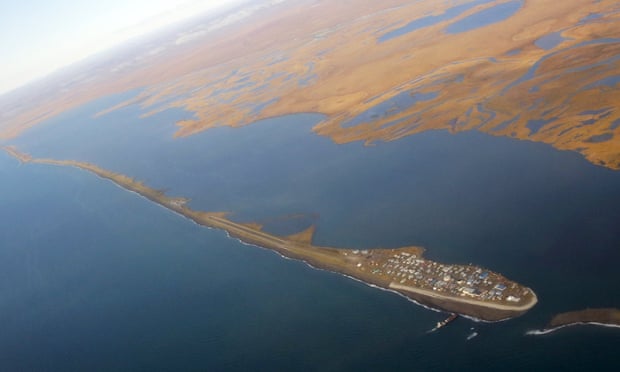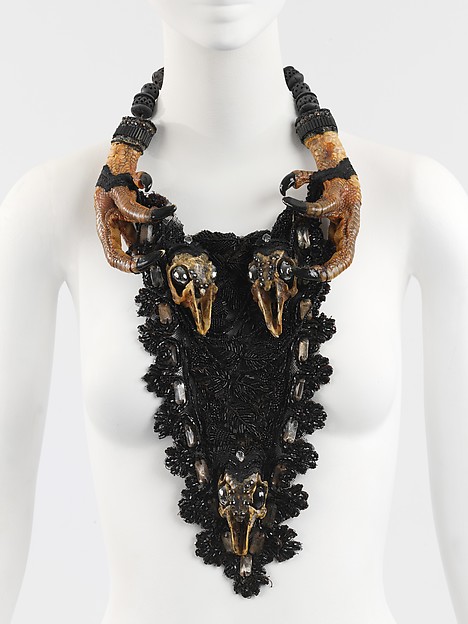Staff Curator (Museum Management)
Immediate Office of the Chief of Naval Operations
Agency contact information
1 vacancy in the following location: Richmond, VA
Work Schedule is Full Time – Permanent
Opened Friday 5/20/2016 to Closes Tuesday 5/24/2016
Salary Range: $72,509.00 to $94,262.00 / Per Year
Series & Grade: GS-1015-12/12
Supervisory Status: No
Who May Apply: United States Citizens
Control Number: 439520000
Job Announcement Number: NE61015-12-1709785NM393290D
http://www.usajobs.gov/GetJob/ViewDetails/439520000
Job Overview
Summary
The Navy and Marine Corps team offers innovative, exciting and meaningful work linking military and civilian talents to achieve our mission and safeguard our freedoms. Department of the Navy provides competitive salaries, comprehensive benefits, and extensive professional development and training. From pipefitters to accountants, scientists to engineers, doctors to nurses-the careers and opportunities to make a difference are endless. Civilian careers-where purpose and patriotism unite!
The mission of the Naval History and Heritage Command is to collect, preserve, protect, and make available the artifacts, documents, and art that best embody our naval history and heritage for present and future generations; advance the knowledge of naval history and heritage through professional research, analysis, interpretation, products and services; make naval history and heritage “come alive” for our Sailors and Marines to enhance readiness and esprit de corps. This position is located in the Conservation Branch of the Collections Management Division and is responsible for the preservation and conservation of artifacts, textiles, artwork and paper collections and assists other branches and commands in the conservation of large artifacts.
Duties
•Assist in the supervision and direction of the daily operations of the Conservation Laboratory.
•Participate in the management of, and executes, conservation treatments to stabilize and preserve historic artifacts, textiles, artwork and paper media.
•Assist with condition assessments and advise on long-term collections care strategies and environmental control standards.
•Perform conservation and materials science research activities.
•Coordinate with the Collection Manager on issues related to management of the facility.
•Serves as lead conservator in the absence of the branch head.
Travel Required: Not Required
Relocation Authorized: No
Job Requirements
Key Requirements
•You must be a US Citizen.
•Males must be registered or exempt from Selective Service. www.sss.gov
•Selectee must be determined suitable for federal employment.
•Selectee may be required to successfully complete a probationary period.
•Selectee is required to participate in the direct deposit pay program.
•See special requirements section for additional requirements.
Qualifications
In order to qualify for this position, your resume must provide sufficient experience and/or education, knowledge, skills, and abilities, to perform the duties of the specific position for which you are being considered. Your resume is the key means we have for evaluating your skills, knowledge, and abilities, as they relate to this position. Therefore, we encourage you to be clear and specific when describing your experience.
Applicants must meet the following positive education qualifications requirements of the Office of Personnel Management (OPM) Qualifications Standards Manual: Applicants must possess a degree in museum work, or in an applicable subject-matter field; a combination of education and experience with courses equivalent to a major in museum work or applicable subject matter field, plus appropriate experience or additional education; or have four years of experience that provided knowledge comparable to that normally acquired through the successful completion of the 4-year course of study as shown above.
In addition, your resume must demonstrate at least one year of specialized experience at or equivalent to the GS-11grade level or pay band in the Federal service or equivalent experience in the private or public sector. Specialized experience must demonstrate the following: 1) assist in managing a museum collection, library and archive; 2) perform museum collection conservation practices in accordance with professional standards; 3) prepare lectures and presentations on conservation procedures and methodologies for tours, workshops, conferences, symposia and command needs.
This position has a selective placement factor needed in order to qualify. The actual Selective Placement Factor is experience executing conservation treatments to stabilize and preserve historic artifacts, textiles, artwork, and paper media in accordance with professional standards. Possession of the factor MUST be verifiable via your resume. Failure to possess this factor WILL result in an ineligible rating.
Additional qualification information can be found from the following Office of Personnel Management web site: https://www.opm.gov/policy-data-oversight/classification-qualifications/general-schedule-qualification-standards/1000/museum-curator-series-1015/
You will receive credit for all qualifying experience, including volunteer and part time experience. You must clearly identify the duties and responsibilities in each position held and the total number of hours per week.
Experience refers to paid and unpaid experience, including volunteer work done through National Service programs (e.g., professional, philanthropic, religious, spiritual, community, student, social). Volunteer work helps build critical competencies, knowledge, and skills and can provide valuable training and experience that translates directly to paid employment.
As part of the application process, you must complete and submit an occupational questionnaire. To preview this questionnaire and determine if your experience matches the required skills for this position, click the following link: View Assessment Questions
Please follow all instructions carefully. Errors or omissions may affect your rating and/or appointment eligibility.
For positions requiring positive education requirements, or if you are using education to meet all or part of the qualification requirements, you must submit a copy of your transcripts or an itemized list of college courses which includes equivalent information from the transcript (course title, semester/quarter hours, and grade/degree earned) in your resume. See OPM’s General Policies for information on crediting education.
Education completed in foreign colleges or universities may be used to meet the qualification requirements if the applicant can provide documentation indicating that the foreign education is comparable to that received in an accredited educational institution in the United States. It is the responsibility of the applicant to provide such evidence when applying for further information, visit:http://www.ed.gov/about/offices/list/ous/international/usnei/us/edlite-visitus-forrecog.html
A security clearance is a requirement of this position. Failure to obtain and maintain the required level of clearance may result in the withdrawal of a position offer or removal. If you possess a security clearance, please indicate the level and termination date in your resume.
Work requires frequent bending, stooping, walking, standing, working in cramped positions, and climbing.
This position is eligible for part time, full time or ad-hoc telework.
Work requires use of Personal Protective Equipment, which includes but is not limited to protective footwear, eyewear, and hearing protection.
Work may be performed in physically dangerous locations, e.g. extreme height for treatment of sculptural or architectural artifacts.
Conservation treatments may require use of and exposure to toxic, carcinogenic, cryogenic, acidic, corrosive, or other hazardous materials.
Selectee must obtain and maintain a current valid United States driver’s license.
Security Clearance: Secret
Department of the Navy
Immediate Office of the Chief of Naval Operations
Naval History and Heritage Command
Contact:
DON Employment Info Center EIC
Phone: 8003784559
TDD: 858-577-5723
Email: DONEIC@NAVY.MIL
Address:
Immediate Office of the Chief of Naval Operations
700 Robbins Avenue
Philadelphia, PA








